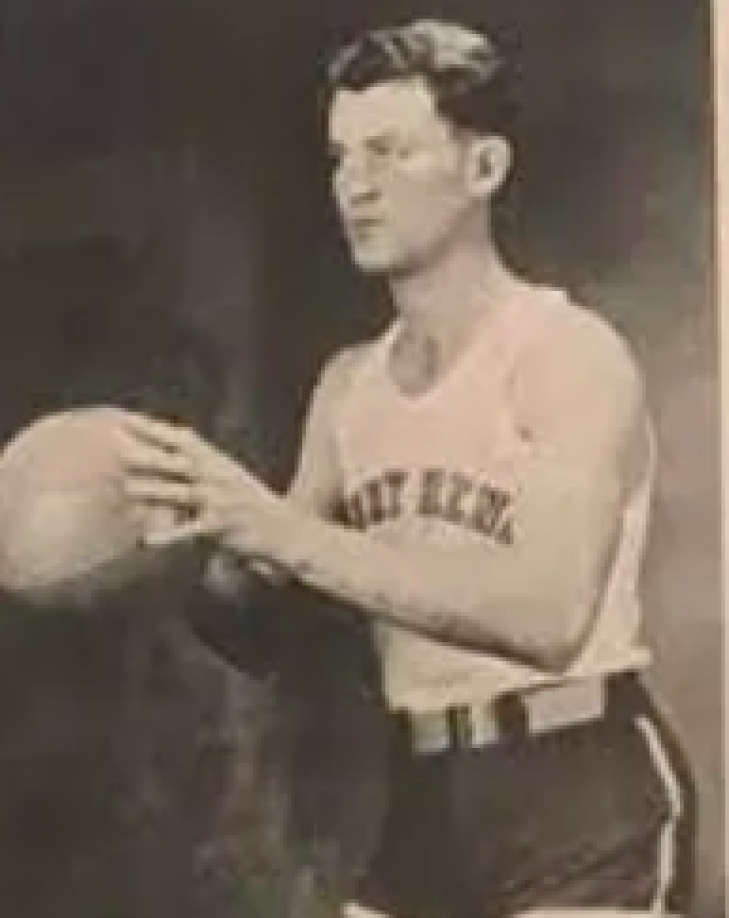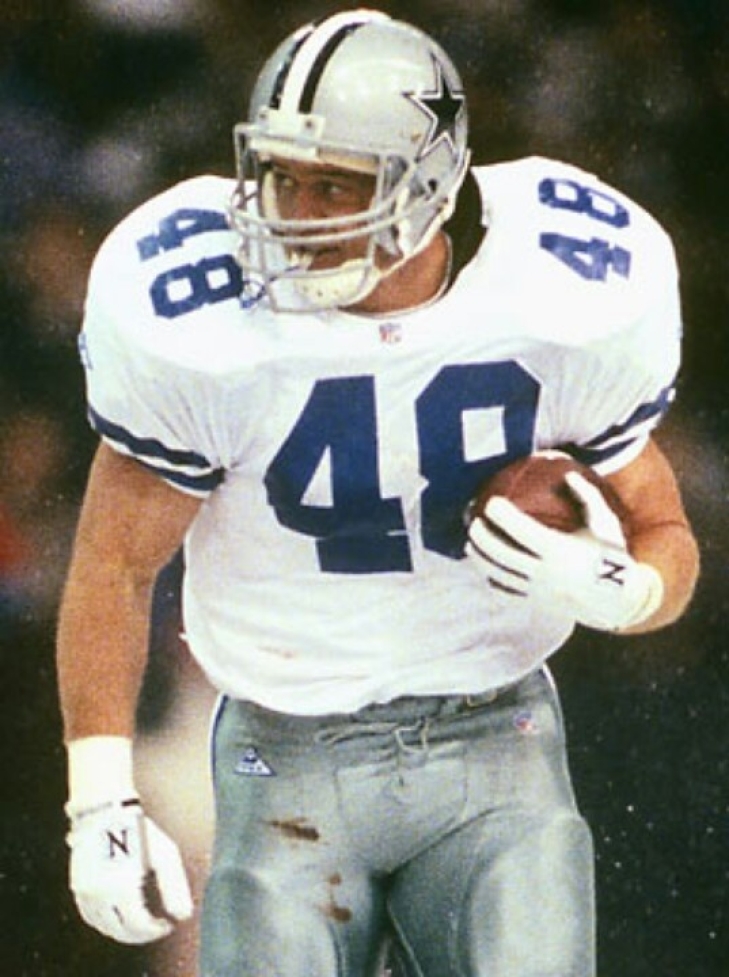
Committee Chairman
111. Glenn Roberts
Here is another candidate where we have to go way back in the time machine, so much so that we predate the NBA by years.
Playing his college ball at Emory and Henry, Glenn Roberts was a one-man scoring factory posting numbers that were unheard of at the time. Playing college ball from 1931 to 1935, Roberts averaged 19.4 Points per Game, which may not sound like it is elite, but remember the following:
There was no shot clock.
It was rare for a winning team to score 35 Points.
After every basket, the ball was placed back at center court, eating time off the clock as it continued to run.
Yeah, pretty impressive.
Let’s throw in something else: Roberts is credited with creating (or at least being the first player to popularize) the jump shot, which shows his fingerprints all over the modern game.
Roberts would later play in the NBL, winning a championship with Akron in 1939, but this league was primarily forgotten, as were his college accomplishments. Had it been for a higher-profile school, he may have been inducted already, but history still needs to be rewritten.
336. Bubba Baker
Had the NFL officially tracked Sacks in the years leading up to 1982, Al “Bubba” Baker might have gained some Hall of Fame traction.
Baker began his professional career with the Detroit Lions and instantly became the heart of Detroit’s Silver Rush Defense. The former Colorado State Ram led the league (unofficially) in Sacks as a rookie with 23. He easily won the Defensive Rookie of the Year, was a First Team All-Pro, and was the scariest pass rusher in the league. He dominated again in 1979 with 16 Sacks and had his second “unofficial” sack crown with 17.5 in 1980. Yep, 56.5 in his first three years!
Baker remained a potent player, but he ne did not go to another Pro Bowl beyond his first three seasons. He was sent to the St. Louis Cardinals following a contract dispute, and in his four years under the Arch, he recorded 37.5 Sacks, with three double-digit years. Baker played four more years, mostly in a reserve capacity, with three years in Cleveland and one in Minnesota.
He retired with 131.0 Sacks, a colossal number that remains unofficial, but those are not disputed metrics.
332. Sam Madison
An All-American at Louisville, where he eventually joined their Ring of Honor, Sam Madison joined the Miami Dolphins as a Second Round Pick in 1997. Madison started three games as a rookie and became the Dolphins' starting right cornerback in his second year. From that year to 2002, he was one of the best shutdown defensive backs in football.
Madison had eight picks in 1998 and was a Pro Bowl snub, though was rewarded with a Second Round pick and was sixth in Defensive Player of the Year voting. Madison then led the NFL in Interceptions in 1999 (7) and began a string of four Pro Bowls and two First Team All-Pros. Paired with Patrick Surtain, the duo played a large part in Miami’s regular trips to the postseason in that period.
Madison was released by the Dolphins and signed with the New York Giants, adding veteran depth to their secondary. He helped them win Super Bowl XLII in that shocking win over New England and retired a year after with 36 career Interceptions.
312. Daryl Johnston
An All-American at Syracuse, Daryl Johnston became the “Moose” in Big D when Dallas chose him with their Second Round Pick in 1989.
Johnston was listed as a Fullback/Running Back, but he was mostly a blocker and had far more yardage as a receiver. Paving the way for Emmitt Smith, Johnston was integral in Dallas’s three Super Bowls in the early 1990s dynasty, and he parlayed that popularity into a broadcasting and executive career.
Johnston is never in the Pro Football Hall of Fame conversation, but to Cowboy Nation, he was a legend. Many non-Cowboys fans will say the same.





